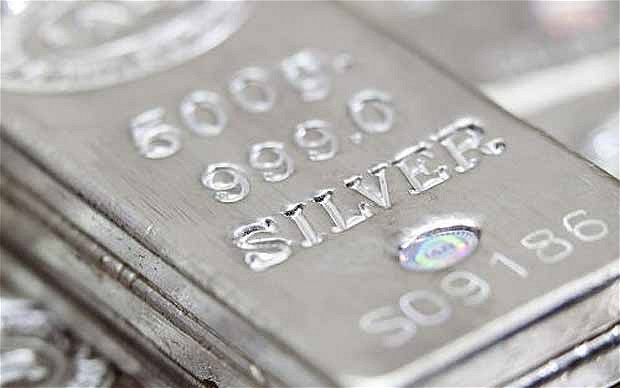Pewter, brass, copper, Sheffield plate and electroplate are just some of the commonly seen metals that have been used to make a wide variety of decorative and utilitarian objects throughout the centuries. Many of these are now highly collectable and can rival silver objects in price.
Dating unmarked metal objects can be a potential minefield if you’re not sure what to look out for. The style of an object rarely provides a reliable way of deciding when it was made, as many early designs were copied in the 19th and 20th centuries. Before buying, don’t be afraid to pick up different pieces to compare weights: most modern copies are noticeably lighter than the genuine articles.
Look for signs of wear and tear consistent with age: the undersides of objects should be covered with a fine patina of scratches, while the edges of plates and hollow wares should be worn smooth. Treat anything with sharp edges, or that looks as though it’s in perfect condition, with suspicion.
Pewter
Pewter – or ‘poor man’s silver’ as it’s sometimes known – is an alloy, mainly of tin and lead in varying proportions. The c.1780 flagon shown above has an attractive acorn finial and domed cover typical of the period, and is worth £500 to £800. Pieces in poor condition are less desirable.
How to tell pewter’s age:
- Pewter more than 50 years old develops a characteristic dull-glowing patina.
- Pieces made before c.1826 are usually marked with a maker’s stamp and a mark showing the purity of the metal.
- Tavern pewter made after c.1826 should bear capacity marks.
Brass
Old brass objects, such as this George III candlestick, often reflect the styles of silver objects of the same date. Pieces marked with a maker’s stamp are especially desirable and command a premium; this candlestick is marked by E Berry and is worth £1,000 to £2,000.
Copper
If you find a piece of metalware marked with a twisted rope symbol you’re in luck – this is the mark of leading 19th-century manufacturers Perry, Son & Co. This unusually-shaped jug is doubly desirable as it was designed by Dr Christopher Dresser, one of the most influential designers of the Victorian period. It’s worth £1,000 to £1,500.
Electroplate
The technique of applying a thin layer of silver over a nickel or alloy base was developed in the mid-19th century. As you can see on this corkscrew, electroplate is susceptible to wear. You can have pieces replated, but this gives them an unnaturally bright appearance that’s far less desirable. Worth £200 to £300.
Sheffield plate
Old Sheffield plate was made from a thin layer of silver fused on to a sheet of copper and was used from c.1760 as a less expensive alternative to silver. You can usually identify it by its slightly pinkish tinge caused by areas of silver wearing thin, revealing the copper beneath.
Although highly collectable, Sheffield plate remains good value. This c.1810 novelty tea urn is worth £500 to £700.















